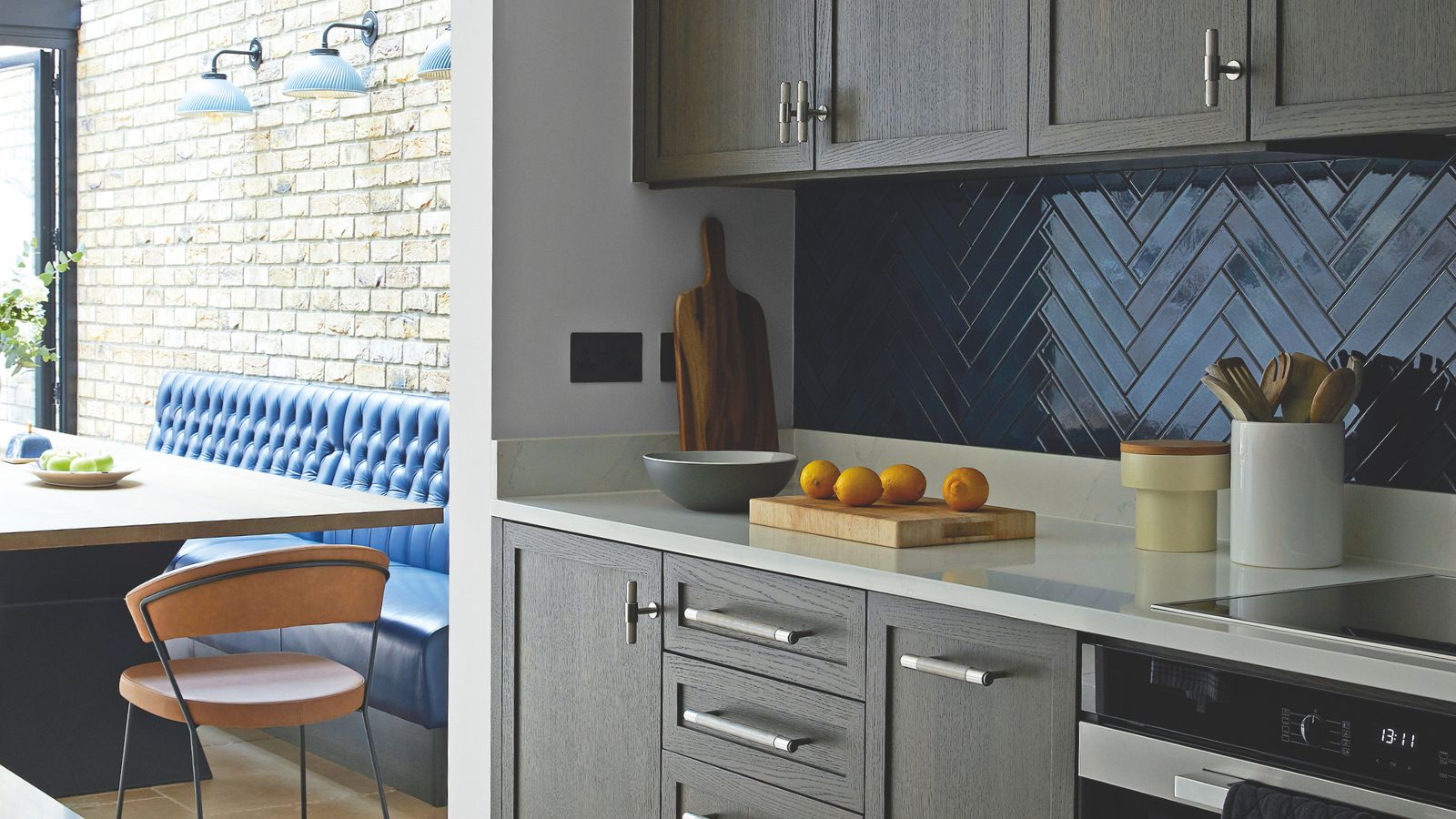
Love a tiled look but hate commitment? Peel and stick tiles are your answer.
Easy to apply and easy to remove, these transformative tiles are loved by DIY enthusiasts and professionals alike. But, as with anything when it comes to decorating a home, they do have their drawbacks which are crucial to know before getting started.
Here, we spoke to contractors and decorating experts for their advice on using this unusual type of tile, who share the pros and cons, and give advice on which spaces this tile idea will work best in.
What are peel and stick tiles?
When it comes to peel and stick tiles, which are a quick and convenient way to improve your home for less than 100 dollars, the clue is in the name. Mark Lumpkin, construction expert at STR Cribs, explains, 'Peel and stick tiles are self-adhesive vinyl or laminate coverings meant to quickly and efficiently update surfaces, with no grout or specialized tools needed.'
As Mark explains, these tiles are backed with a peel-off material to go right on top of whatever surface you've prepped. 'For instance, they're an option to explore if you want to update a dated backsplash without a lot of fuss; ideal for more speedy renovation jobs and if you want to save money on home renovations.'
They're not just suitable for kitchens, either. As Carr Lanphier, CEO at Improovy points out. 'I’ve seen them used in bathrooms and kitchens, along with other utility areas, like laundry rooms, as backsplash, as flooring, and as wall accents,' he says.
All prices correct at time of publication.
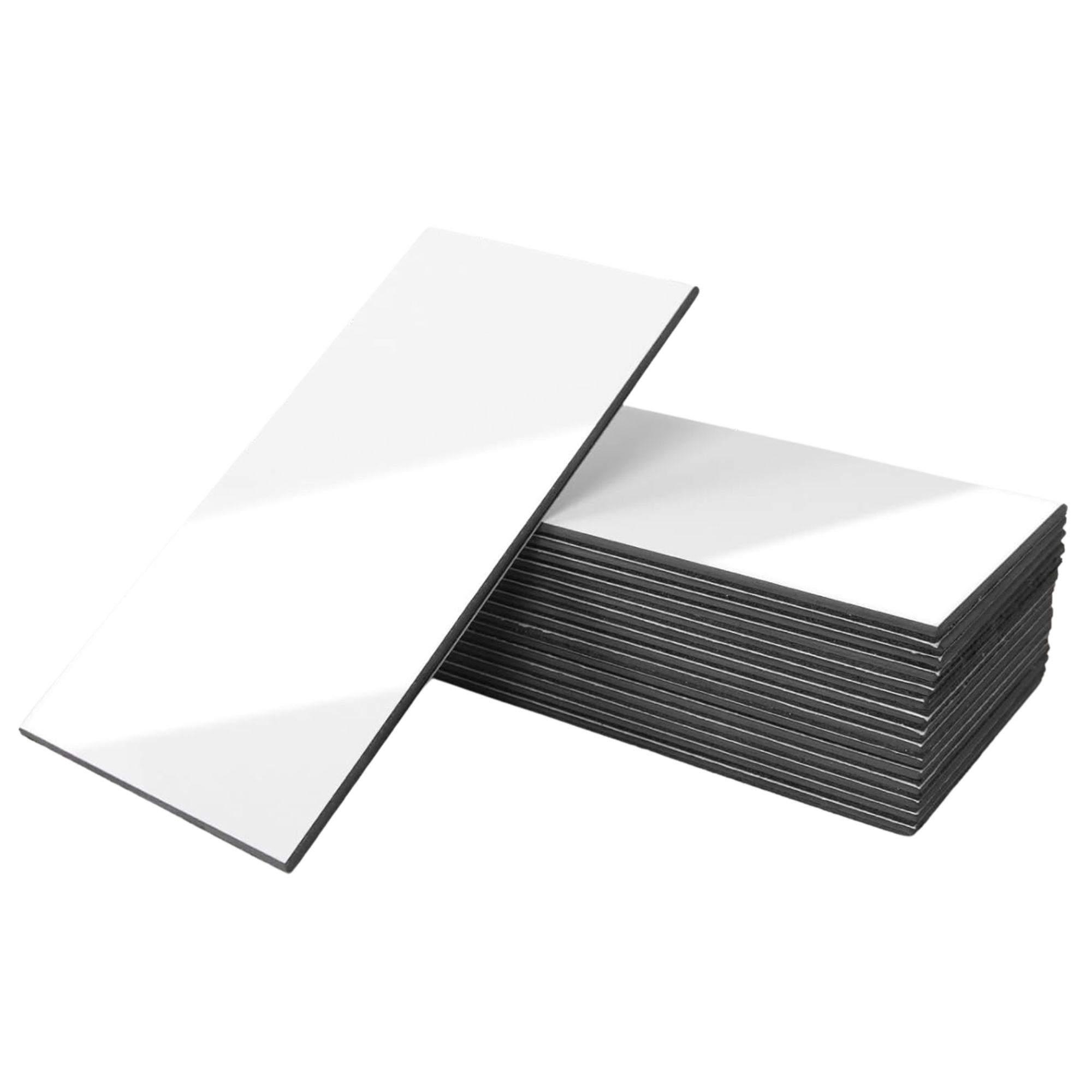
These stick on subway tiles have a glossy, luxe finish, and are available in nine different colors and finishes.
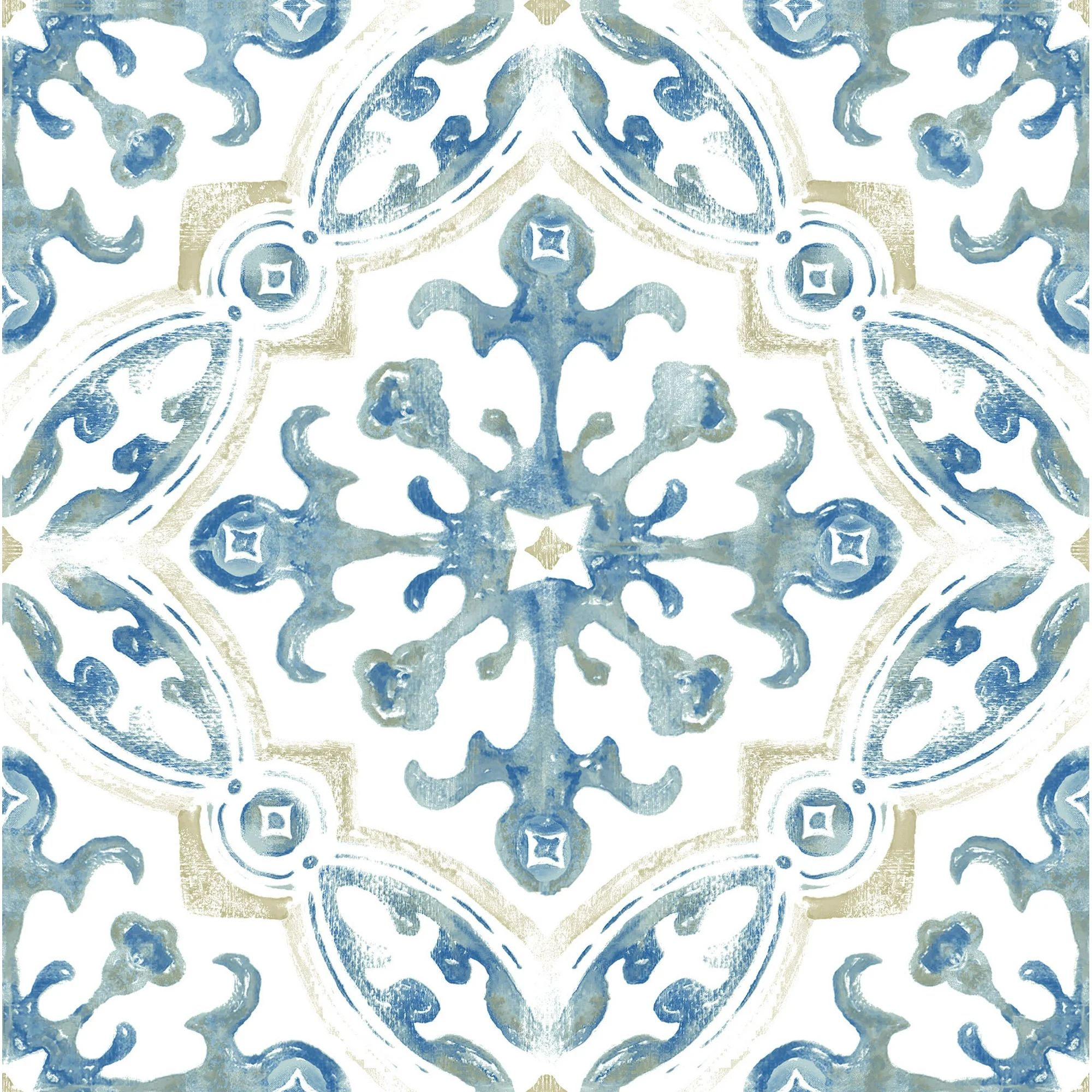
Make a statement on a budget with these stunning peel and stick tiles, which are water-resistant and washable.
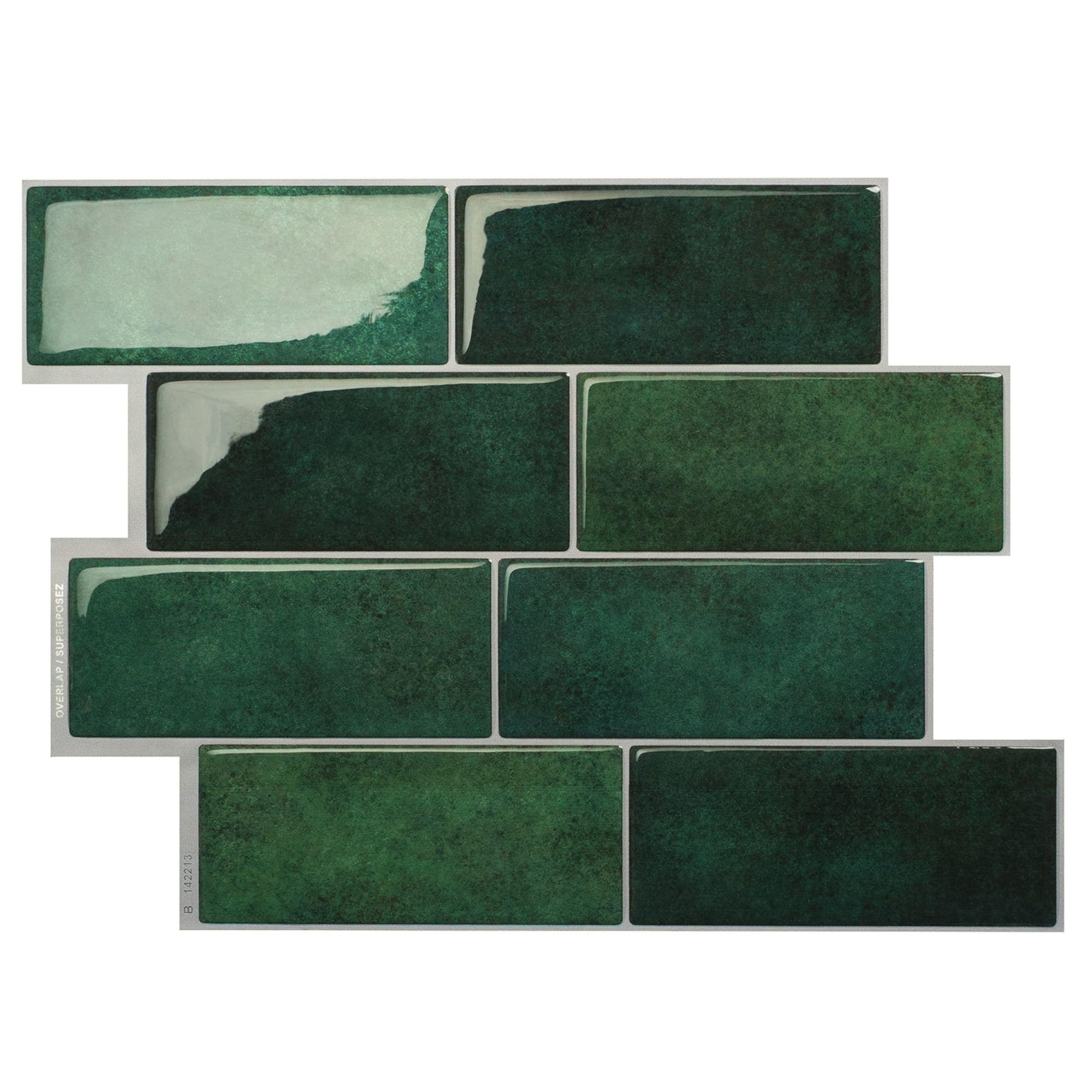
These peel and stick tiles have a luxury finish without the expense, and are quick and easy to install for a long-lasting result.
Who are peel and stick tiles good for?
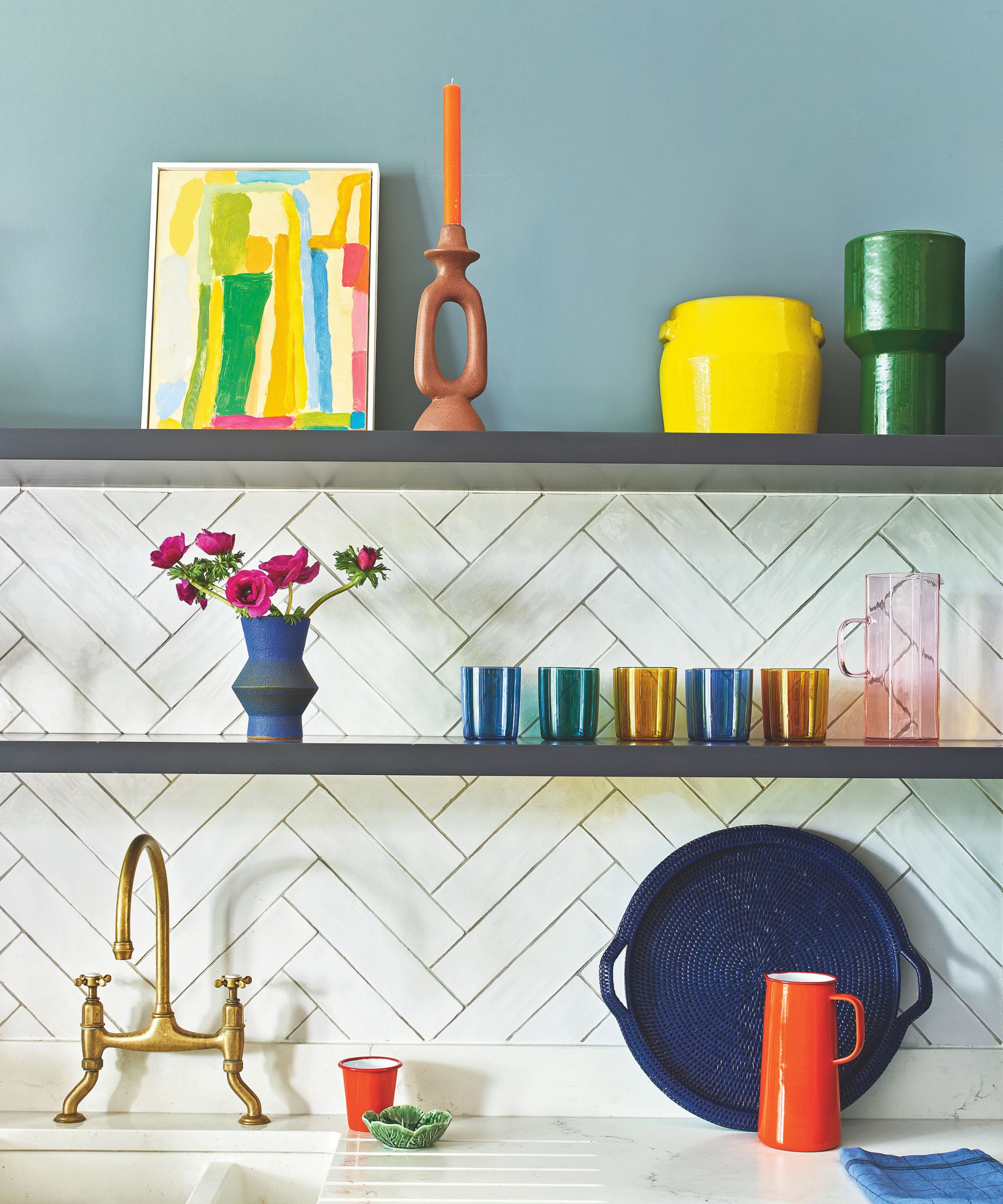
In particular, peel and stick tiles are one of the best and bold ways to decorate a rental property, which won't cause any issues with your landlord later down the line, effortlessly and easily making a rental feel like home.
As contractor Mark says, 'These tiles are particularly beneficial to renters, DIYers and anyone wanting a temporary but stylish fix without making permanent changes.
'I remember suggesting peel and stick tiles to a tenant who wanted to spruce up their rental without damaging the original fixtures – there was no risk of the tile to the owner of the home, and it was a simple solution, giving them both aesthetics and peace of mind.'
And, as paint expert Carr adds, they're also a nice alternative for anyone looking to experiment with tile trends, without the effort and expense that often goes with traditional tiling.
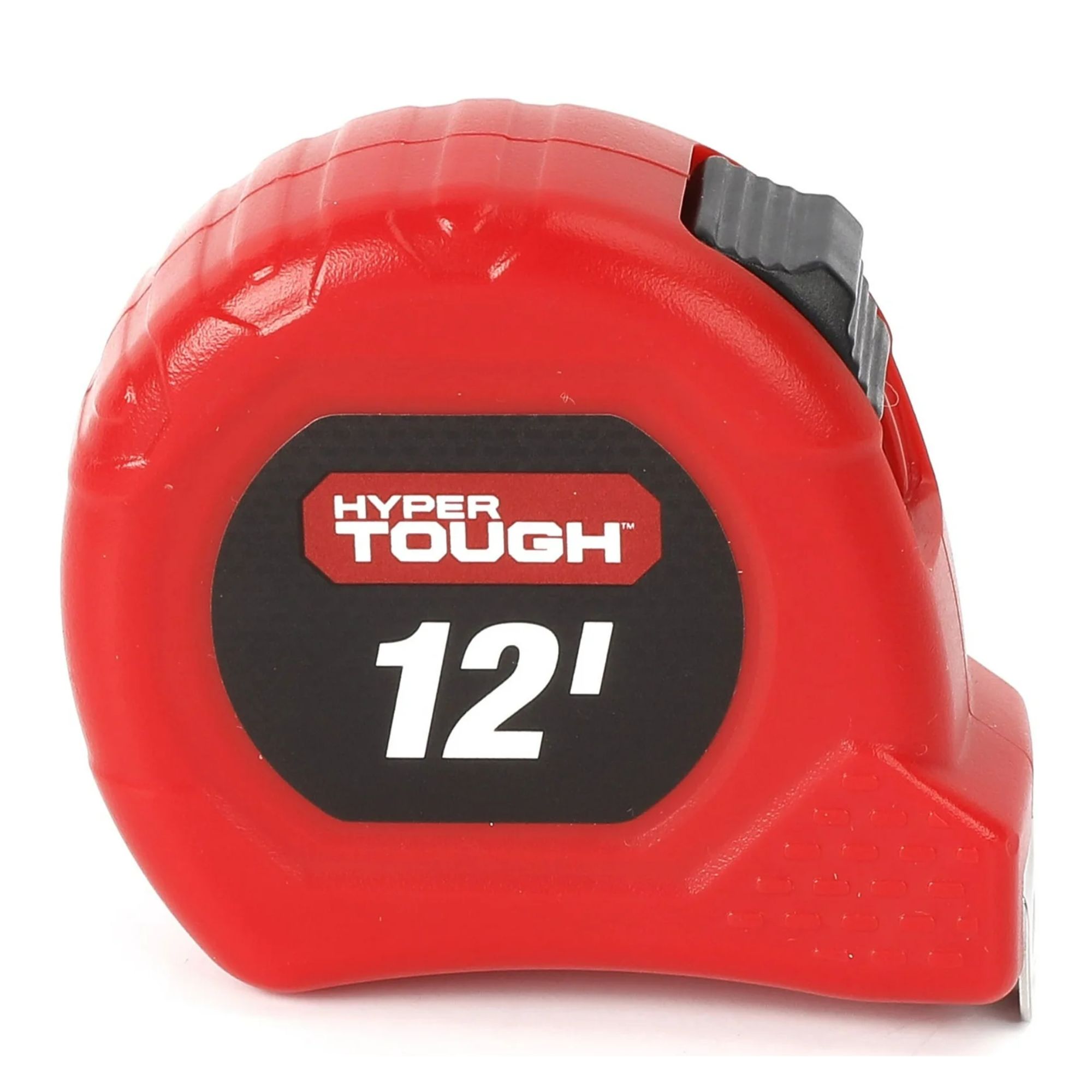
A reliable tape measure is crucial for installing your peel and stick tiles evenly and straight. This one offers quick and accurate measurements, with a nylon-coated blade.

The last thing you want is wonky tiles. This spirit level is easy to use for accurate results, with three different vials for maximum readability.
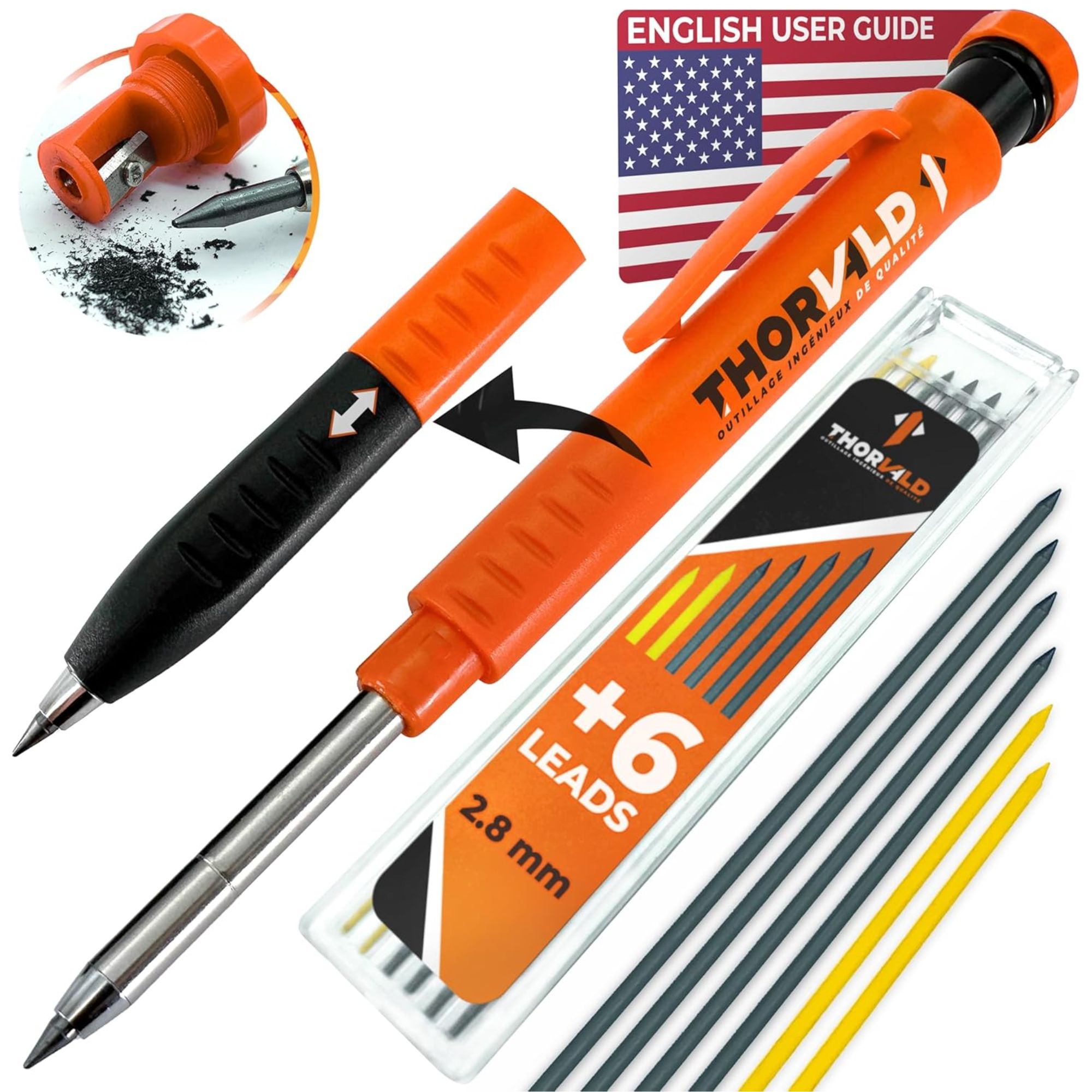
Easily mark up walls with this 3-in-1 pencil, suitable for writing on wood, metal, concrete and tiles.
What are the pros and cons of using peel and stick tiles?
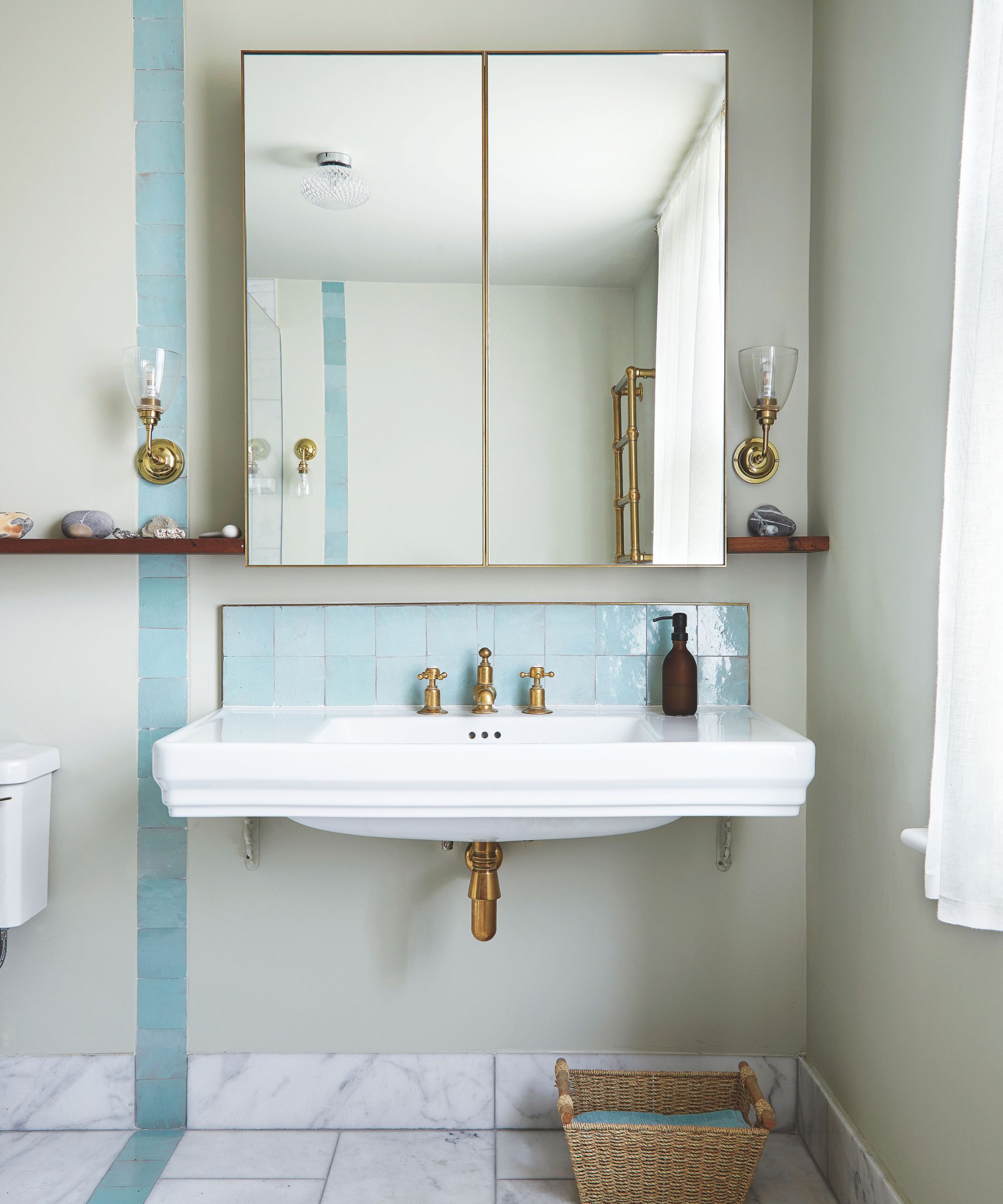
Of course, the main pro in using peel and stick tiles is the ease of installation.
'This simplicity about application is one of the biggest perks of adhesive back decals – they allow those with limited DIY experience to get a professional-looking result in no time flat,' says contractor Mark. They're also much cheaper than their traditional counterparts, making it easy to decorate a home on a budget.
But, as Mark points out, their easy application hinges on surface preparation, meaning it's crucial to explore how too clean walls before starting. We always recommend warm soapy water and a microfiber cloth, such as the USANOOKS Microfiber Cleaning Cloth available at Amazon. This will ensure a strong adhesion. He says, 'Any surface that is to be covered must be properly cleaned and completely dried, as dust, grease, or moisture can greatly affect the strong adhesive properties of the tiles.
'I was once on the receiving end of this during a renovation when a tiny test patch revealed countless issues that could have deepened, and I’ve since learned – and now tell others – to always measure twice before getting too deep, and patch test first rather than spending the time applying for the entire condo.'
However, Bar Zakheim, CEO of Better Place Design & Build, warns that peel and stick tiles have 'none of the practical advantages of tile.'
'They don't repel moisture or hold up well to heat, and they're much harder to get properly aligned,' he says.
Therefore, if you're looking for a long-term solution, it might be worth making the investment and paying pros to do the job for you, with traditional tiles and tiling methods.
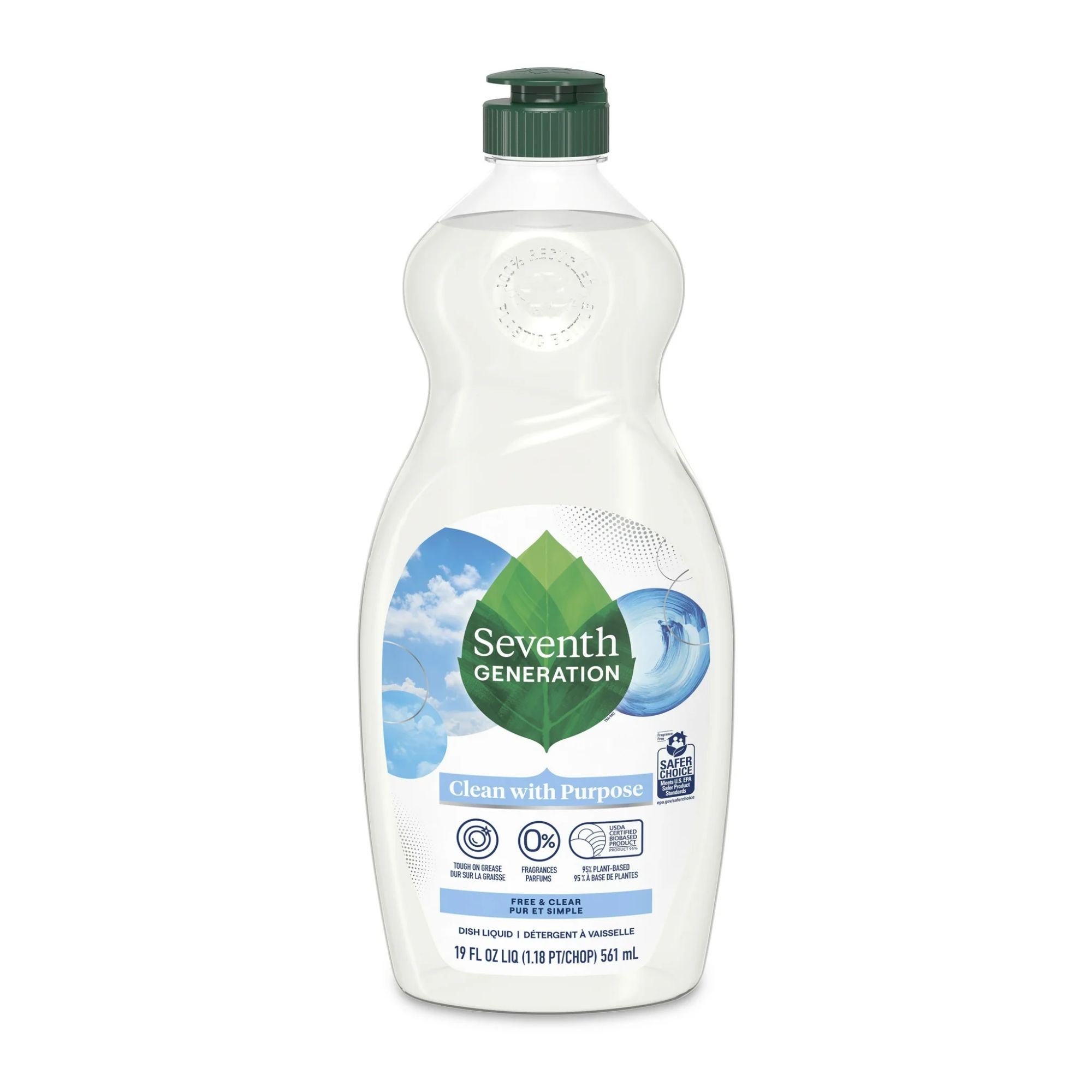
This plant-based dish soap has no dyes or fragrance, ideal for cleaning walls without the worry of discoloration.
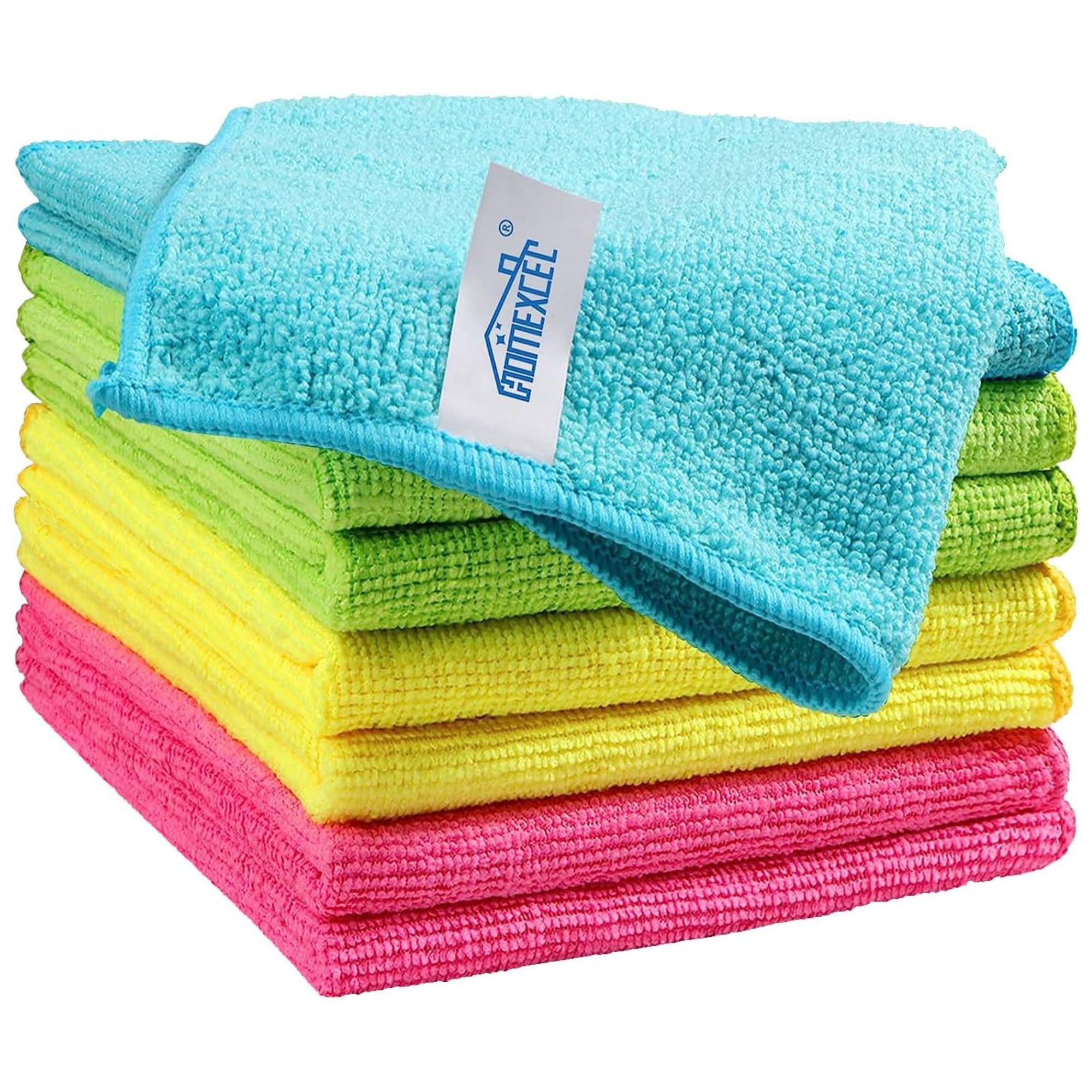
These microfiber cloths are ultra-soft and absorbent, trapping dust and dirt and leaving surfaces, like walls, streak-free and spotless.
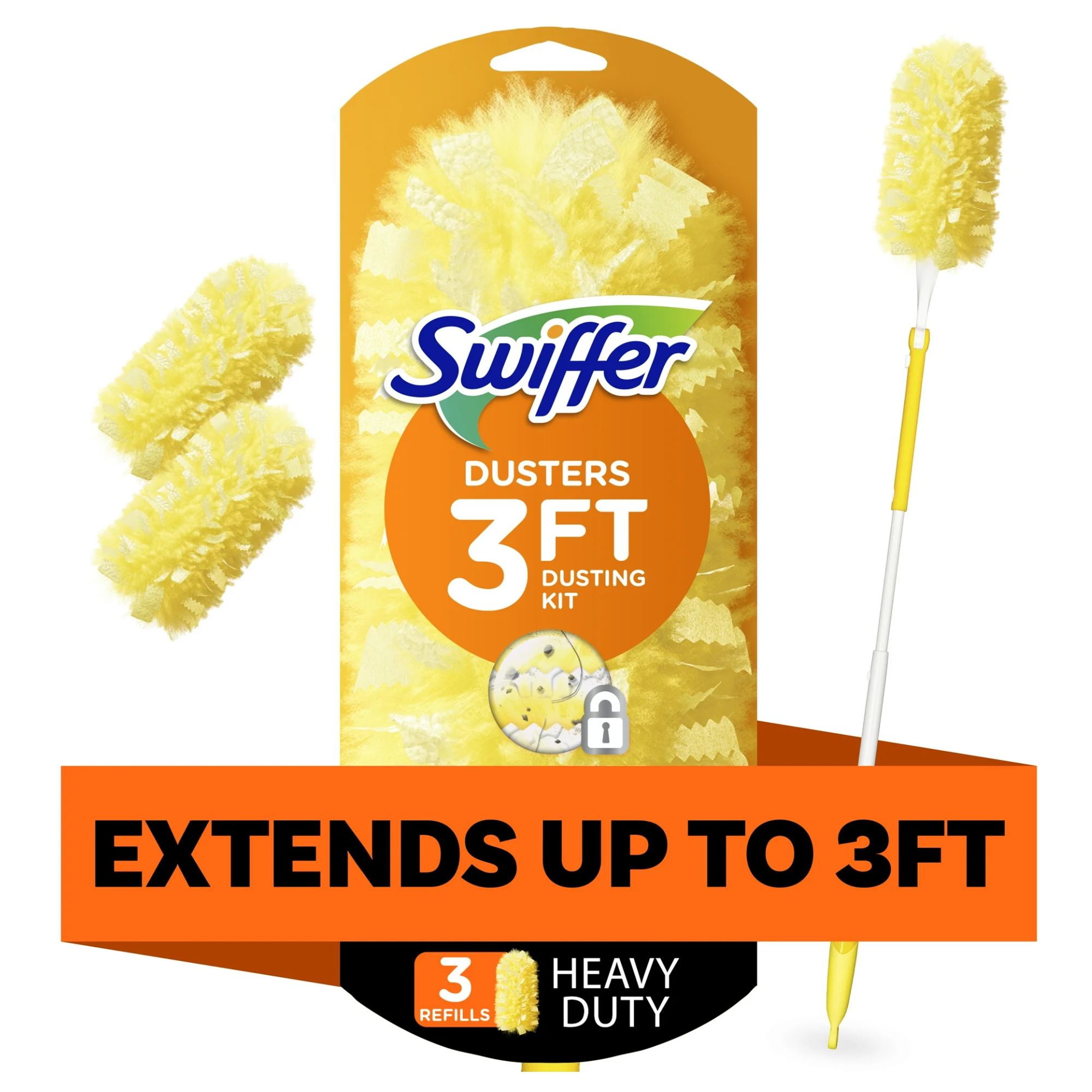
This Swiffer duster makes it easy to effectively remove dust from walls, even up high, with microfiber heads which remove 95% of allergens.
Meet our experts
FAQs
How long will peel and stick tiles last?
Much like how you apply peel and stick wallpaper, the longevity of peel and stick tiles depends on how they are installed, there is no set time period. The longevity will also depend on whereabouts they are placed, in high-traffic areas and for floor tile ideas, they won't fare as well.
Do peel and stick tiles damage walls?
If applied correctly, peel and stick tiles shouldn't leave you needing to patch up holes in your walls, they should, as is said in the name, simply peel off the wall or floor surface.
It's also important to know how to remove peel and stick tiles, should the time come. Our expert guide dives into the details.







